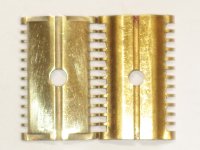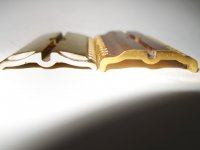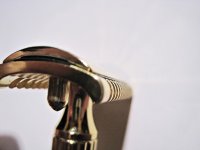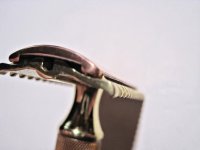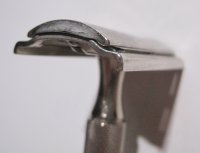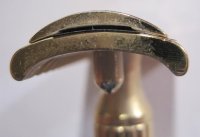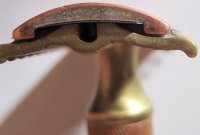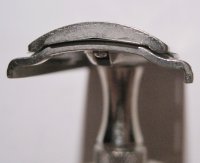- Thread starter
- #21
Shave #2 with two day growth.
Without shim - all other factors the same.
Not a very good shave. First pass was fine WTG (when is it not?), but I ran into trouble right away in second pass when I go cross and almost ATG in places. I was being as careful as I could, but by the end of the second pass I has some minor weepers and significant irritation. I tried going in some places in what would be the third pass, but I could tell it just wasn't going to work. The end result was that I had a shave that was not nearly as close as shave #1 with more irritation. Shave #3 is scheduled for Friday.
Without shim - all other factors the same.
Not a very good shave. First pass was fine WTG (when is it not?), but I ran into trouble right away in second pass when I go cross and almost ATG in places. I was being as careful as I could, but by the end of the second pass I has some minor weepers and significant irritation. I tried going in some places in what would be the third pass, but I could tell it just wasn't going to work. The end result was that I had a shave that was not nearly as close as shave #1 with more irritation. Shave #3 is scheduled for Friday.



